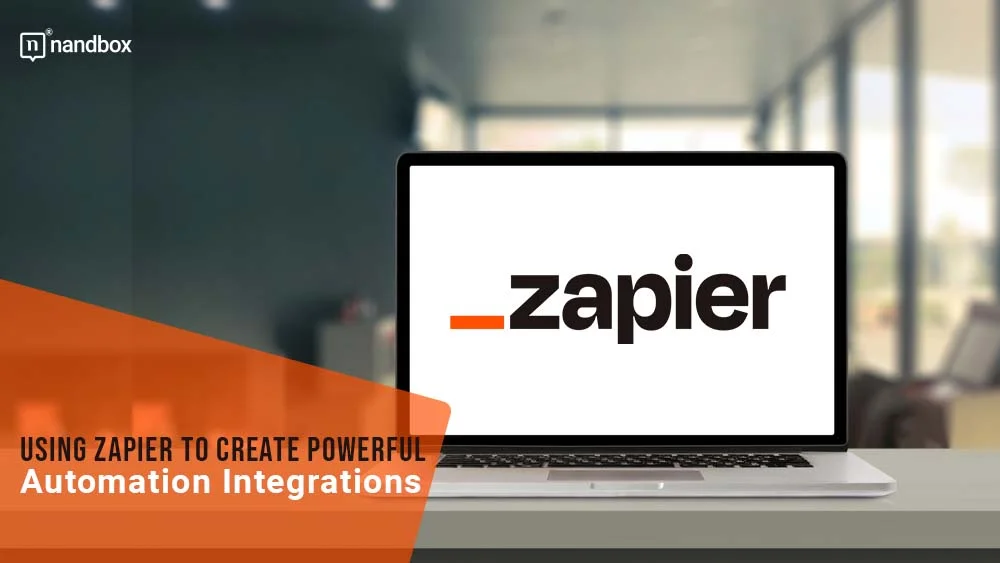No one likes to repeat the same tasks over and over again, which is another problem that new software technologies solve. Integrations help streamline the workflow by eliminating repetitiveness and mundane tasks. Zapier is one of the renowned tools for automation integrations, known for its ease of use and efficiency. This article will serve as an introduction to Zapier, its use cases, and how to set it up to create an integration with your app.
What is Zapier?
Zapier is a platform that helps companies and individuals connect or integrate multiple software applications automatically without building the integrations themselves. Zapier is one of the most popular no-code platforms.
A Brief History
The idea for Zapier came from co-founder Bryan Helmig in 2011 when he thought of creating a platform that connects multiple tools. He then proposed the idea to his former college friend Wade Foster, who approved it immediately, and they started working on it. The two friends contacted a third developer, and they all worked to create a prototype in two days only. They applied to Y Combinator for funding but got rejected before successfully reapplying in 2012. The prototype might have been rejected because it had many bugs and was still imperfect, but they worked smartly to fix that.
In 2012, their efforts were more successful. Although they only had 25 integrations, people were highly interested in the product, with over 10,000 signing up for the beta version. SEO was a factor in their success too. They created landing pages for every integration to ensure their website ranks in search results. In 2020, the company had over 3 million subscribers. Today, Zapier boosts integrations with over 3000 companies and $7 Billion in revenue.
Pricing
Zapier has relatively affordable pricing plans with three tiers for individuals and two for companies. The free plan, which is made for individuals looking to discover automation, is free. Naturally, it’s a limited plan with a one-step zap (one trigger and one action, we will discuss these terms in the following sections) and 100 tasks per month.
The second plan is $19.99 per month, billed annually, or $29.99, billed monthly. This tier has more features, like multi-step zaps, a filter and formatted, and the ability to save multiple versions.
The Professional plan, for $49 billed annually or $73.50 billed monthly, allows creators to retry after failures, build advanced workflows, and integrate with unlimited premium apps.
For teams looking to collaborate across an organization, the Team tier is $399, billed annually, or $598.50, billed monthly. This plan offers premier support, unlimited users, and shared app connections that don’t require an API key or password.
The highest tier is for companies with extra security features, which cost $799 billed annually or $1198.50 billed monthly.
Zapier has pricing plans that fit the needs of individuals and companies.
Why Create Integrations with Zapier: Some of Its Functions
Zapier has endless applications; here are some of them:
1.) Zapier can Eliminate Mundane Tasks, Saving Time
This is the primary function of Zapier, eliminating the need for repetitive tasks. Before, companies would hire staff to move data from one application to another to connect them, but with Zapier, there’s no need. With one click, you can connect between any of the 3000 platforms that Zapier serves.
2.) Zapier Can Become Your Personal Assistant
Ever missed an important call because you were caught up in other tasks? It happens to all of us, but with Zapier, it won’t happen again. You can set it up in the app and sync it with your calendar to send reminders before calls, meetings, or important appointments. The notifications will reach you via SMS, Slack, email, or any other way you prefer.
3.) It Can Help Take the Load off Staff
Administrative work is the most tedious of all, which isn’t only time-consuming, but energy-draining as well. With Zapier, you can give your staff more intriguing tasks, focusing on creativity and scaling the business. Some companies saved significant money and time when they started using Zapier. This can help teams in startups avoid burnout, as they sometimes suffer from understaffing and an overload of work.
4.) It Can Help You Automate Customer Onboarding
Customer onboarding involves too many steps; if done manually, you could forget a crucial one or add the wrong data. Zapier can streamline the entire workflow to ensure every step is accounted for every time.
5.) Social Media Posts Are No Longer a Burden
This is helpful for both teams and individuals who wish to have a social media presence. Instead of logging in to each platform to post separately, they can now set a trigger so that each time they create a post, it’s published on all the platforms. Additionally, they can send the posts as messages in Slack or emails in MailChimp.
A Quick Guide to Creating Zapier Integrations
The concept is simple: When you do this, then, that happens. Let’s say that in this case, This is the trigger, and similarly, that is the action.
Setting a trigger and action is called creating a Zap. The trigger starts a zap, and the zap causes the action to happen.
Creating a Zap integration starts with setting a trigger. Below are the steps:
Setting a Trigger
1.) Open the Zap editor, the workplace for creating zaps.
2.) Select the app that will be the trigger.
3.) Select the event that starts the trigger.
4.) Sign in to connect your app account.
5.) Customize the event by selecting the form that will trigger the zap.
6.) Test your trigger to ensure it works.
Setting the Action
1.) Select an action app to use with your Zap.
2.) Customize the action event by selecting which information is sent from the trigger app to the action app, called mapping.
3.) You fill this information in Zapier’s labeled spreadsheet.
4.) Test the Zap to ensure it works.
This a quick guide for creating an integration with Zapier.
Did you know that any app you create with nandbox integrates with Zapier? Sign up now for free and try the only native no-code app builder in the market.








